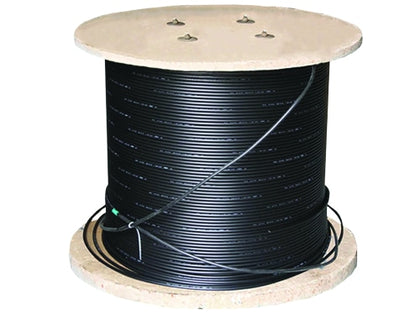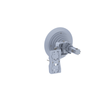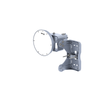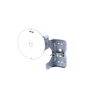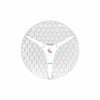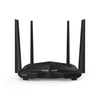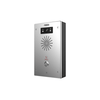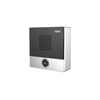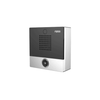Fibre Cable
Contact Us
How we can help you
Fibre optic cables are network cables that contain one or more transparent optical fibres that are used to carry light. The optical fibres are typically glass or plastic pipes contained in a protective tube suitable for long distance, very high performance data networking and telecommunications. A key advantage of fibre optic cables over metal conductor cables is superior performance in terms of bandwidth and data carrying performance.
Fibre optic cables have revolutionised networking due to their ability to transmit signals extremely fast, have a higher bandwidth and are less susceptible to interference. Fibre optic cables are in internet, phone and TV applications. They’re also used in decorative lighting, for example you can get fibre optic Christmas trees. Their ability to save space means that they are used in lighting and safety features of cars. They are used in the medical field, mechanical inspections and can be used as fibre optic sensors for electrical currents, sounds and chemicals.
Types of Fibre Optic Cable
- Single Mode: The simplest form in which all signals travel down the middle of the fibre without reflection. Suitable for data transmission over long distances (>100 km)
- Multi Mode: Around 10 times bigger than single-mode fibres, allowing light beams to travel through various paths (or multiple modes). Suitable for data transmission over relatively short distances (≤2 km)
Optical fibres are classified according to their modal type and transmission speeds: OM1 – Multimode 62.5/125 μm & OM2 – Multimode 50/125 μm 1 Gbit.
Fibre optic cable assemblies consist of a group of fibre optic wires gathered together in a protective casing. They’re used to transmit data, using total internal refraction of light. The individual strands are often coated with a material such as plastic to prevent the fibre from damage and the assembly may also have a layer of light-absorbing glass between fibres to prevent interference if light leaks from one fibre.

